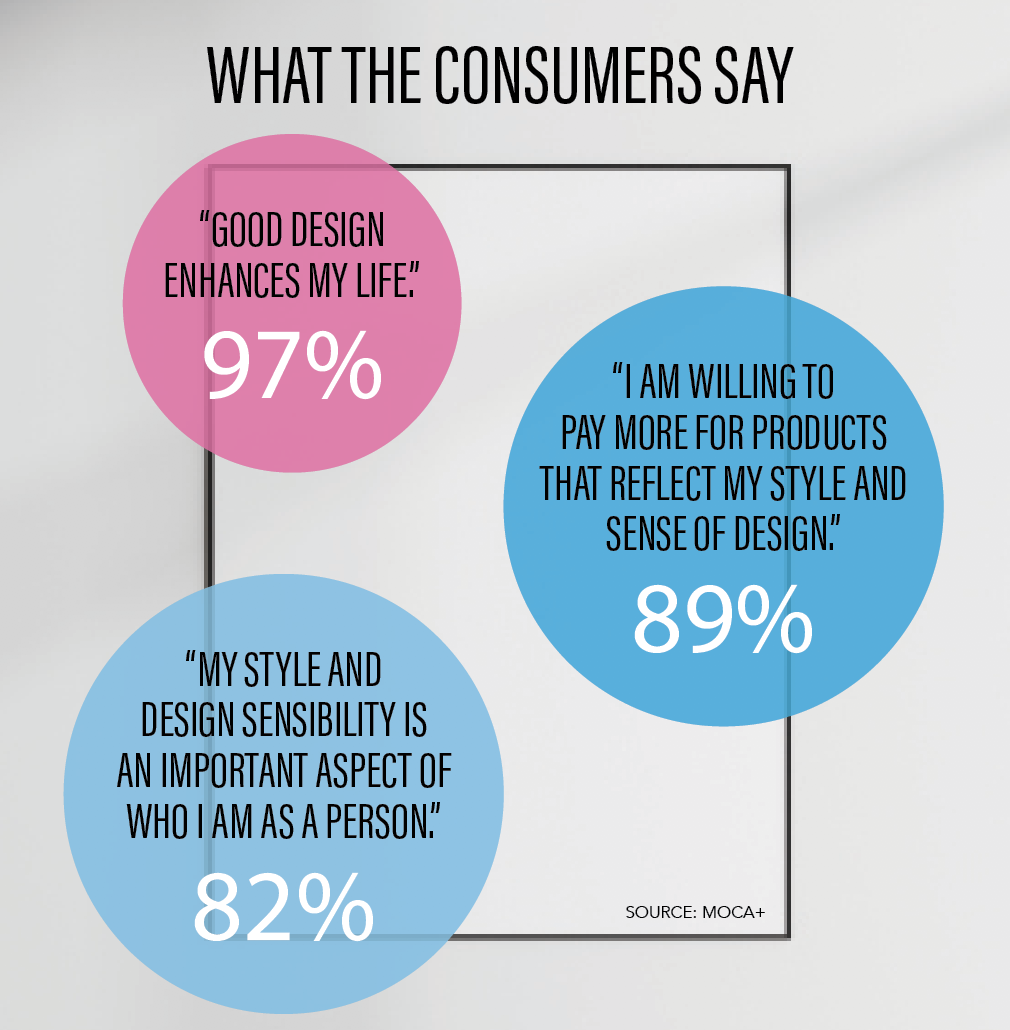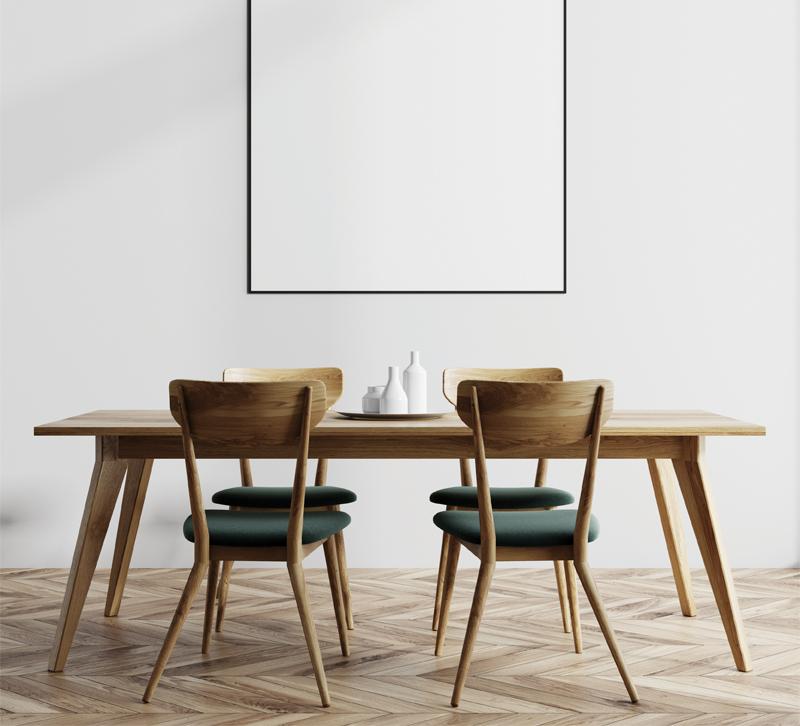Affluent consumers are evolving, but having more money doesn’t necessarily mean owning more things. Research has shown that many affluent consumers care about design, and they’re also interested in making solid investments in their home furnishings.
MOCA+ is a San Francisco-based firm that, through its Design Insights Forum, has been working on a 10-year longitudinal study of the most affluent, design-centric consumers. The study is a psychographic profile of more than 8,000 influencers and aims to gauge attitudes and interests to determine what motivates their decisions.
Michela O’Connor Abrams, Founder of MOCA+, says affluence transcends generations and is more about mindset than age. There are 13 million heads of households that fall under this title, and these consumers have an average income of $250,000 and an average net worth of $3 million, and were responsible for $300 billion in spending in 2018.
The main trait of these design-centric consumers, according to O’Connor Abrams, is their desire for fewer, high-quality things. They are more satisfied by making lifetime investments in fine things and are willing to pay a premium for quality.
Affluent consumers want authentic furniture pieces — think the Eames lounge chair and the George Nelson platform bench — because they know they will last.

“There are knock-offs, but they are not licensed, not authentic reproductions,” O’Connor Abrams says. “They break down and you have to sell them at a garage sale. If you buy from retailers that sell the licensed pieces, you’re going to have that piece for decades.”
Name recognition is also a factor for affluent consumers, O’Connor Abrams says.
“Fashion led the way,” she says. “There were Chanel and Gucci, and those names were household names, but very few people knew the names of furniture designers. Those are much more common vernacular now. There’s a desire to really understand the people behind these luxury pieces.”
This minimalist aspiration is also translating to people’s homes. O’Connor Abrams is seeing a desire among affluent consumers to own and live in several small homes, less than 2,000 square feet, rather than one large home.
“I don’t think of it as a downsizing,” she says, “but rather wanting to live intentionally in several places. Everybody is from someplace, but there is an increasing desire to have a small home in places that they love and admire.”







